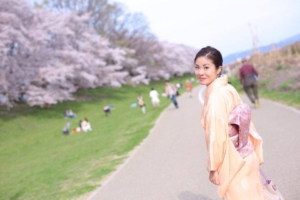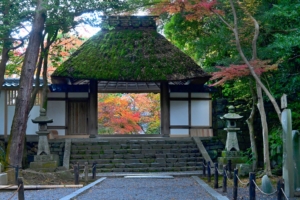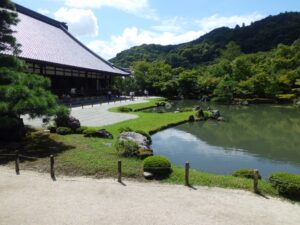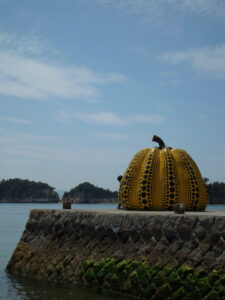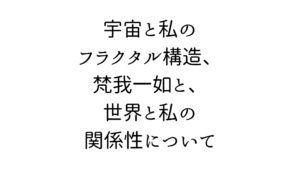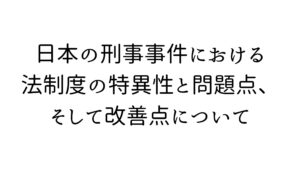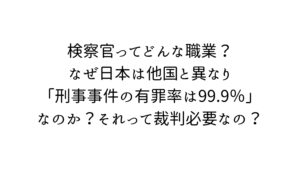茶は12世紀に栄西という僧侶によって中国大陸からもたらされました。
Tea was brought from China by the monk Eisai in the 12th century.
brought:bring の過去形
鎌倉時代、茶は貴族や武士などの上流階級で飲まれていました。
During the Kamakura period, it was drunk among high societies such as aristocrats and samurai.
aristocrat:貴族
村田珠光という茶人が、亭主と客との精神的交流の重要さを説きました。
the tea master Murta Juko insisted that the spiritual exchange between the guest and the host at the tea ceremony by emphasized.
これを「侘茶」と言います。
It is said that this led to “Wabi-cha”.
その後、千利休が茶道の文化を大成させました。
After that, Sen-no-Rikyu made the tea ceremony culture a great success.

「わびさび」は、俳句や能楽、茶道や現代美術にいたるまで、日本人に大きな影響を与えて来た日本の美意識の一つです。
“Wabi-Sabi” is one of the senses of Japan that has a great influence on the Japanese people, from haiku and Noh to tea ceremony and contemporary art.
aesthetic:美学の
influence:影響
contemporary:現代の
わびさびとは、質素なものや不足の中に、美や心の満足を見出そうとする意識のことです。
Wabisabi in the consciousness of finding beauty and emotional satisfaction in simple things and shortages.
consciousness:意識
emotional:感情の、情緒の
satisfaction:満足
shortage:不足

お茶会では、和菓子はお茶の前にいただきます。
At the tea ceremony, you eat sweets first and then tea.
和菓子をいただいたあとに口の中に残る甘さが、後にいただくお茶を更においしくします。
The sweetness of the sweets you eat first remains in your mouth, which makes the tea you drink afterwards more delicious.
お茶会で提供される和菓子は、季節やお茶会のテーマなどを表しています。
The sweets offered at the tea ceremony represent the season and the theme of the tea ceremony.
offer:提供する
represent :代表する、意味する、表す
「和敬清寂」は、茶道の心得を示す標語です。
”Wa-kei-sei-jaku” is a motto that describes the spirit of the tea ceremony.
「和」は、亭主と客が互いに心を開くことを言います。
”Wa” means that the host and the guest open their hearts to each other.
「敬」は、互いに敬いあうことです。
“Kei” means to respect one another.
「清」は清らかと言う意味です。目に見えるものだけでなく、心も清らかであることを指します。
“Sei” means pure. It means to be pure not only in what you see, but also in your heart.
「寂」とは、穏やかで、どんなときにも動じない心を意味します。
“Jaku” means calm and unmoved at all times.
執筆者:山本和華子
【本を出版しました】
日本文化は、ただ格式高いだけじゃないし、ただ綺麗なだけじゃない。
本書を読むことで、日本文化を多角的視点からとらえることができるようになります。
日本文化とは、一辺倒の歴史だけで語れるものではありません。
本書は日本文化の入門書であると共に、茶道や美術、刀剣や文学など、幅広いテーマを取り扱っています。
また、富山藩の売薬商人の歴史や、安楽庵策伝の茶人としての顔など、上級者向けの内容も書かれています。
そして、著者独自の視点で鋭く書かれた文章も一読の価値ありです。
I have published a book. It explains Japanese culture in both English and Japanese.
